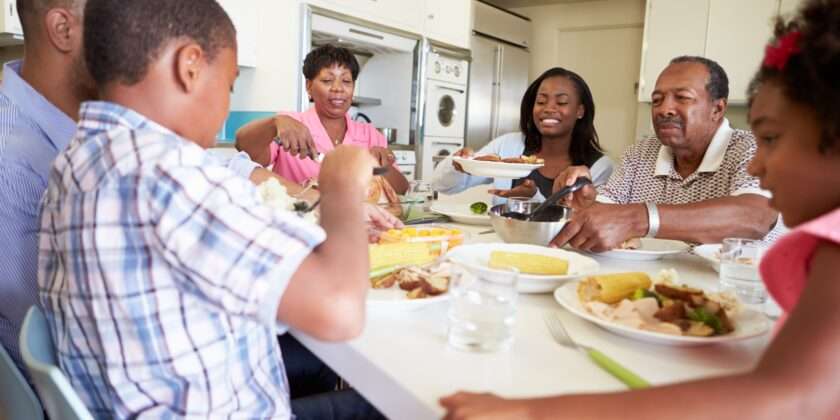Everyone feels that they need smoke detectors in their home. How many people have carbon monoxide detectors at home? Carbon monoxide detectors are particularly important in older homes, where old building codes didn’t require them.
Carbon monoxide1 (CO) is a gas that has no odor or color. But it is very dangerous. It can cause sudden illness and death. CO is found in combustion fumes, such as those made by cars and trucks, lanterns, stoves, gas ranges and heating systems. CO from these fumes can build up in places that don’t have a good flow of fresh air. The most common symptoms2 of CO poisoning are a headache, dizziness, weakness, nausea, vomiting, chest pain, and confusion. High levels of CO inhalation can cause loss of consciousness and death.
Key Facts
- Every year, more than 400 people die in the U.S. from accidental CO poisoning.
- Red blood cells pick up CO quicker than they pick up oxygen.
- When you inhale CO, your body replaces the oxygen in blood with CO.
- People who are sleeping or intoxicated can die from CO poisoning before ever experiencing symptoms.
What CO level is dangerous to my health?
The health effects of CO depend on the CO concentration and length of exposure, as well as each individual’s health condition. CO concentration is measured in parts per million (ppm). Most people will not experience any symptoms from prolonged exposure to CO levels of approximately 1 to 70 ppm3 , but some heart patients might experience an increase in chest pain. As CO levels increase and remain above 70 ppm, symptoms become more noticeable and can include a headache, fatigue, and nausea. At sustained CO concentrations above 150 to 200 ppm, disorientation, unconsciousness, and death are possible.
What should I do if I am experiencing symptoms of CO poisoning and do not have a CO alarm, or my CO alarm is not going off?
If you think you are experiencing any of the symptoms of CO poisoning, get outside to fresh air immediately. Leave the home and call your fire department to report your symptoms from a neighbor’s home. You could lose consciousness and die if you stay in the home. It is also important to contact a doctor immediately for a proper diagnosis. Tell your doctor that you suspect CO poisoning is causing your problems. Prompt medical attention is critical if you are experiencing any symptoms of CO poisoning. If the physician confirms CO poisoning, make sure a qualified service person checks the appliances for proper operation before reusing them.
Are CO alarms reliable?
CO alarms always have been and still are designed to alarm before potentially life-threatening levels of CO are reached. The safety standards for CO alarms have been continually improved and currently marketed CO alarms are not as susceptible to nuisance alarms as earlier models.
How should a consumer test a CO alarm to make sure it is working?
Consumers should follow the manufacturer’s instructions. Using a test button tests whether the circuitry is operating correctly, not the accuracy of the sensor. Alarms have a recommended replacement age, which can be obtained from the product literature or the manufacturer.
Prevention Tips
- Never run a generator, pressure washer, or any gasoline-powered engine inside a basement, garage, or other enclosed structure, even if the doors or windows are open unless the equipment is professionally installed and vented.
- When using a generator, be sure to also use a battery-operated or battery back-up CO detector. If it sounds, leave the building immediately and call 911.
- Never leave the motor running in a vehicle parked in an enclosed or partially enclosed space, such as a garage.
- If CO poisoning is suspected, consult a health care professional right away.
Carbon monoxide monitoring adds additional cost to traditional smoke detectors. The extra cost can be a significant problem since African American’s median household income in 2013 was $34,560 according to The U.S. Census 2013 American Factfinder. Don’t let the extra costs associated keep you from buying this essential safety equipment.
Click this link to get free Health and Wealth information to improve your life. Play the free “Slow Roll Through Civil Rights” Game found on the Jay Harold website. Enjoyed this post? Share it and read more here.





